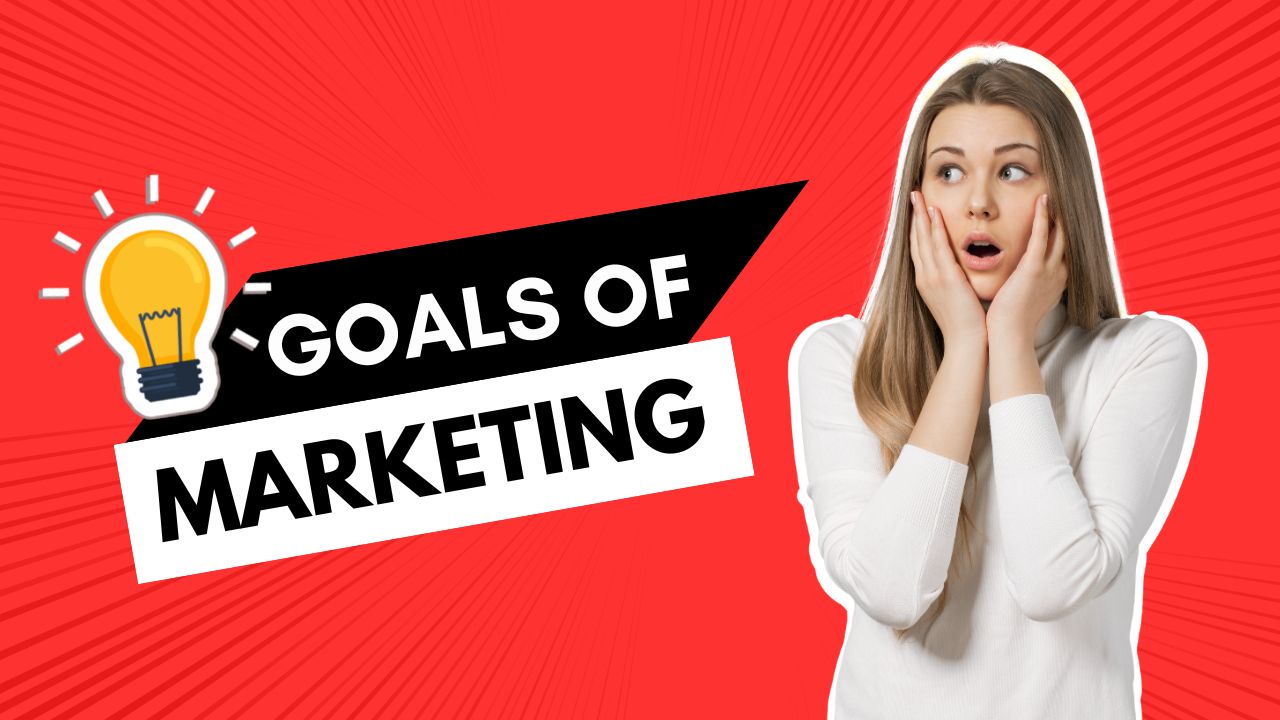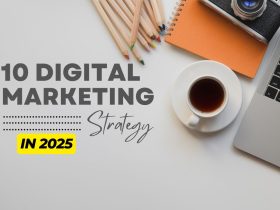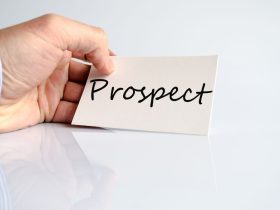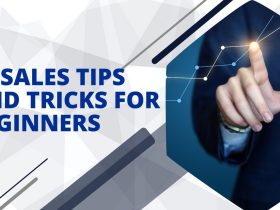Foxysales.com – If you want to boost conversions, mastering sales funnel tips is essential. A well-designed sales funnel guides potential customers from their first interaction with your brand to making a purchase. By implementing the right strategies, you can increase engagement, build trust, and turn visitors into loyal customers. In this article, we’ll explore actionable tips to optimize your funnel, examine sales funnel stages, and review real-world examples to help you drive results.
What is a Sales Funnel in Digital Marketing?
A sales funnel is the journey a customer takes from discovering your brand to completing a purchase. In digital marketing, this concept is critical for understanding customer behavior and tailoring strategies to meet their needs at every stage. The funnel typically includes the following stages:
- Awareness: Potential customers discover your brand through ads, social media, or search engines.
- Interest: They explore your offerings and consider whether your solution fits their needs.
- Decision: The customer is convinced and ready to make a purchase decision.
- Action: The final stage where the customer completes the purchase.
By optimizing these sales funnel stages, businesses can provide targeted experiences, increase engagement, and significantly improve conversion rates.
Sales Funnel Stages: Breaking Down the Journey
Understanding and optimizing the stages of a sales funnel is vital for effective marketing. Let’s delve deeper into each stage:
- Top of Funnel (Awareness)
- Focus: Attracting leads.
- Strategies: Use blogs, social media, SEO, and paid ads to draw attention to your brand.
- Middle of Funnel (Interest and Consideration)
- Focus: Nurturing leads.
- Strategies: Share educational content like webinars, email newsletters, and case studies to build trust.
- Bottom of Funnel (Decision and Action)
- Focus: Driving conversions.
- Strategies: Offer free trials, demos, and customer testimonials to push leads to make a decision.
By analyzing these stages, you can identify bottlenecks and improve weak spots to ensure smooth progression through your funnel.
Sales Funnel Strategy: How to Build a Winning Funnel
A strong sales funnel strategy revolves around understanding your audience, delivering relevant content, and optimizing user experience. Here are key steps:
- Identify Your Target Audience
Research your ideal customer profile to understand their needs, pain points, and behaviors. - Create Valuable Content
Align your content with customer intent at every stage. For example:- Awareness: Blog posts or social media content.
- Interest: Detailed guides or how-to videos.
- Decision: Case studies or comparison charts.
- Optimize Your Landing Pages
Landing pages should have clear calls-to-action (CTAs), compelling headlines, and a seamless user experience to encourage conversions. - Use Automation Tools
Leverage CRM software, email marketing tools, and analytics platforms to track leads, nurture them effectively, and optimize your funnel performance.
Sales Funnel Examples: Real-World Insights
Looking at sales funnel examples can provide inspiration for crafting your strategy. Here are three standout examples:
- HubSpot
- Strategy: HubSpot offers free tools and educational resources at the top of the funnel, followed by product demonstrations and tailored solutions to drive conversions.
- Dropbox
- Strategy: Dropbox uses referral programs and free trials to engage users and encourage conversions.
- Amazon
- Strategy: Amazon’s funnel is seamless, leveraging recommendations, reviews, and one-click purchases to optimize conversions at the bottom of the funnel.
These examples highlight the importance of aligning strategies with customer behavior and optimizing every stage of the funnel.
Best Sales Funnel Examples to Learn From
The best sales funnels are those that are user-centric and results-driven. Let’s review three more examples that illustrate effective funnel design:
- ClickFunnels
- Approach: Educates customers on how to build funnels while promoting their tool through webinars and guides.
- Shopify
- Approach: Offers a free trial, user-friendly tutorials, and excellent customer support to move customers toward conversion.
- Nike
- Approach: Combines engaging content, loyalty programs, and seamless e-commerce experiences to boost conversions.
These companies excel at addressing customer pain points and providing value at each step of their sales funnels.
Sales Funnel Landing Page Examples
Landing pages are critical for moving leads through your sales funnel. Here are some key sales funnel landing page examples and best practices:
- Slack
- Features a clean, distraction-free design with a clear headline and CTA encouraging users to sign up for free.
- Airbnb
- Uses high-quality visuals and a compelling value proposition to encourage hosts to join the platform.
- Grammarly
- Highlights the tool’s benefits with testimonials and a prominent CTA to try it for free.
When designing your landing pages, focus on clarity, relevancy, and actionable CTAs to increase conversions.
Boost Conversions with These Final Sales Funnel Tips
Here’s a quick recap of essential sales funnel tips to help you boost conversions:
- Analyze and optimize each stage of your funnel.
- Use data-driven insights to refine your strategies.
- Leverage automation to save time and improve efficiency.
- Continuously test and tweak landing pages, CTAs, and content to maximize results.
Implementing these strategies will not only improve your sales funnel but also lead to long-term growth and increased customer satisfaction.
Conclusion
A well-optimized sales funnel can make all the difference in converting prospects into loyal customers. By leveraging the tips outlined in this article, from understanding sales funnel stages to designing compelling landing pages, you can create a funnel that drives measurable results. Start optimizing your funnel today and watch your conversions soar!










